Disclosure: This article contains affiliate links. We may earn a commission from purchases at no extra cost to you, which helps our travel content.
Standing at the intersection of Chicken Street and Flower Street in Kabul's bustling center, I found myself mapping mental overlays of this city's complex urban fabric. The juxtaposition was striking—ancient architectural elements nestled against hastily constructed modern buildings, each telling a story of destruction and rebirth. As an urban planner who's witnessed post-conflict reconstruction in various global contexts, Kabul presents perhaps the most compelling case study of cultural resilience I've encountered. This isn't your typical travel destination, but for those seeking to understand how cities rebuild their cultural identity through physical space, there are few more powerful examples.
Navigating Kabul's Urban Complexity
Kabul defies conventional urban planning logic—a testament to cities that evolve through conflict rather than design. The topographical constraints of mountains embracing the city create natural districts, each with distinct architectural signatures. The western neighborhoods showcase Soviet-era brutalist apartment blocks while older districts near the Kabul River maintain traditional courtyard homes with intricate woodwork facades.
My exploration began with a guided walk through the rejuvenated Murad Khani district, where the Turquoise Mountain Foundation has meticulously restored over 150 buildings. This isn't cosmetic preservation—it's functional heritage conservation where traditional building techniques are taught to new generations. The mud-brick construction methods used here have survived centuries of seismic activity, offering lessons in sustainable design that many Western cities are only beginning to appreciate.
Before visiting, I recommend investing in a quality dust mask as Kabul's air quality can be challenging, especially during drier months. The city's elevation (about 5,900 feet) also demands proper hydration, so a reliable insulated water bottle proved essential during my daily urban explorations.
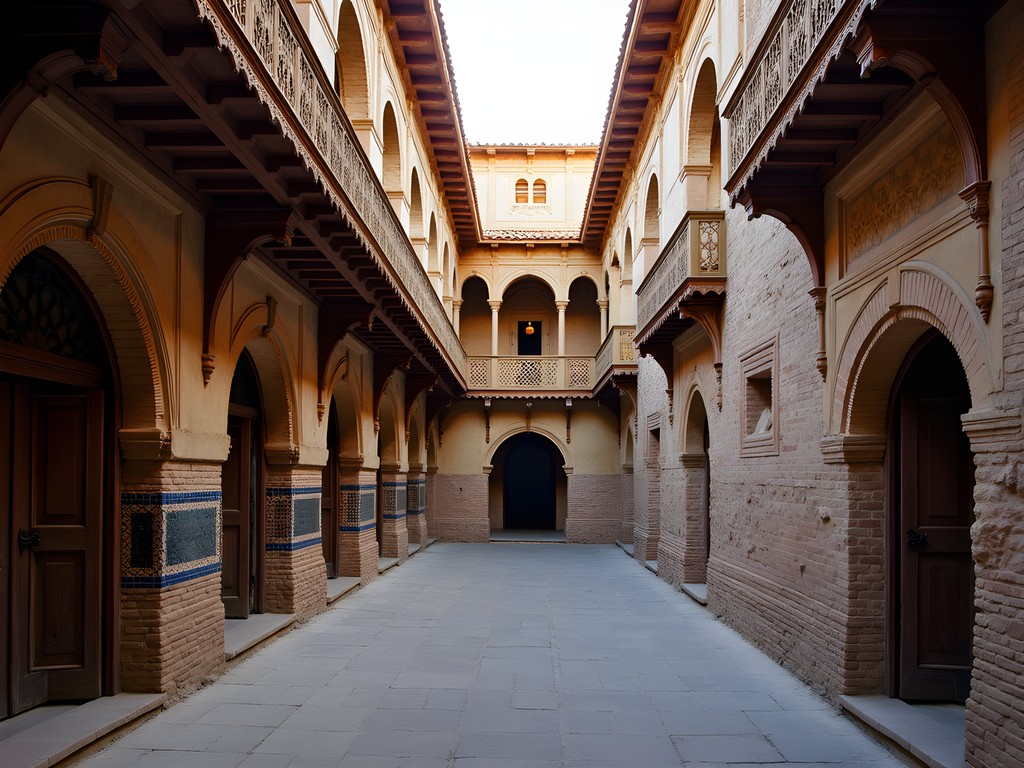
💡 Pro Tips
- Arrange a local guide through reputable organizations like Untamed Borders for security updates and cultural context
- Download maps offline as internet connectivity can be unreliable
- Respect local customs by dressing conservatively—long pants and sleeves for all genders
Digital Documentation of Disappearing Heritage
My professional interest in Kabul's reconstruction intersects with my gaming background in an unexpected way. Using photogrammetry techniques I first encountered in game development, I spent three days documenting the remaining traditional structures in the Old City. These digital preservation efforts are increasingly critical as development pressures threaten what war couldn't destroy.
The Afghanistan Centre at Kabul University (ACKU) has established an impressive digital archive of architectural heritage. Their lab—equipped with high-resolution scanning technology—transforms physical artifacts into 3D models accessible to researchers worldwide. When I visited, students were creating a virtual reality experience of pre-war Kabul using archival photographs and architectural measurements.
For those interested in contributing to documentation efforts, I recommend bringing a portable external hard drive with substantial storage capacity. Local organizations appreciate visitors sharing high-quality images for their archives, and the transfer speeds of solid-state drives make on-site collaboration feasible.
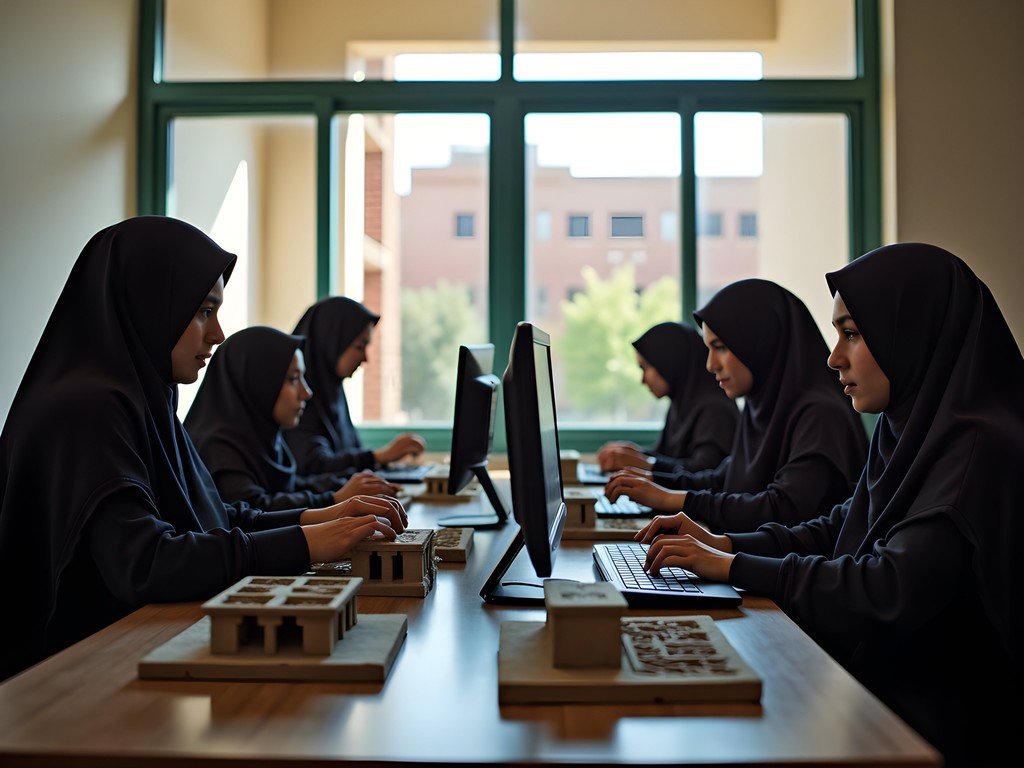
💡 Pro Tips
- Request permission before photographing buildings or people
- Visit the Afghanistan Centre at Kabul University to understand ongoing documentation projects
- Consider donating digital copies of your photos to local heritage organizations
Kabul's Electronic Music Underground
Few travelers associate Afghanistan with electronic music, but Kabul harbors a small yet vibrant scene that reflects the resilience of its youth culture. In a private studio near Shar-e-Naw Park, I met producers blending traditional Afghan instrumentation with contemporary electronic elements—creating soundscapes that narrate their complex relationship with global culture.
The technical setup in these studios is fascinating from both musical and urban adaptation perspectives. Intermittent power supply has necessitated creative solutions, with producers using portable power stations to maintain session continuity during outages. One producer showed me how he'd modified his setup to run entirely from battery power when necessary.
Sound isolation in these spaces reveals ingenious applications of local materials—thick kilim rugs and handwoven textiles function as acoustic treatments while celebrating traditional craftsmanship. This intersection of necessity and cultural expression exemplifies how urban constraints foster innovation.
I was particularly moved by a producer who creates beats using samples recorded from city reconstruction—hammers on metal, cement mixers, and scaffolding becoming percussion elements in tracks that literally incorporate the sounds of rebuilding.
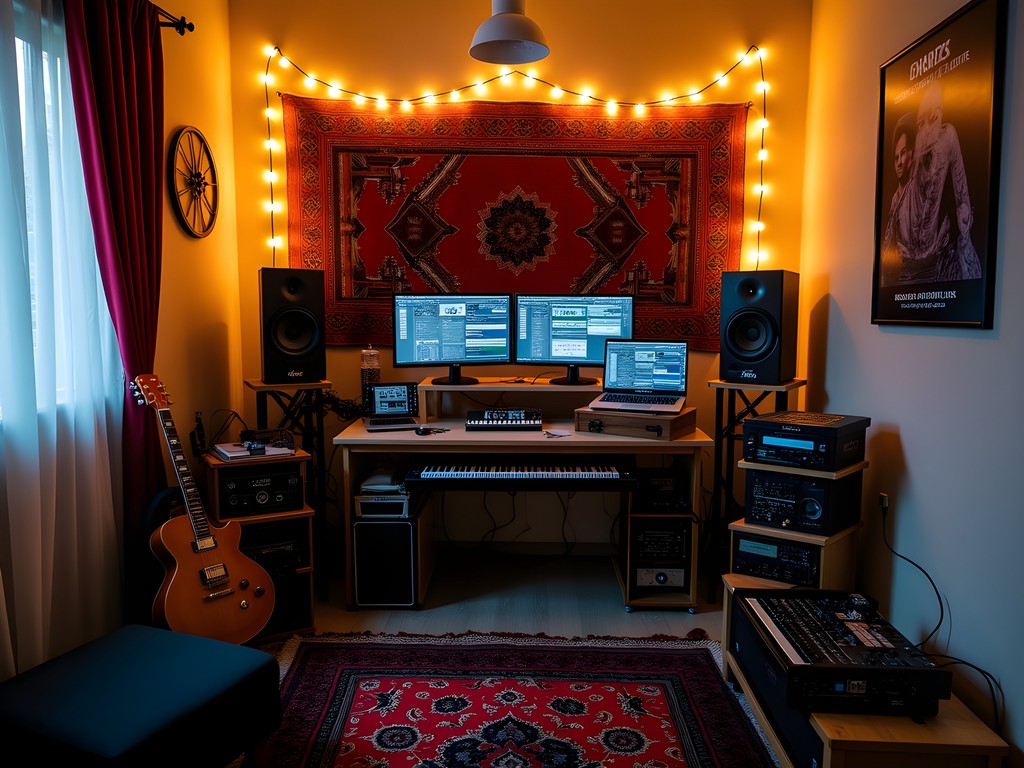
💡 Pro Tips
- Connect with local music communities through university arts departments rather than searching for public venues
- Bring USB drives to exchange music with local producers who appreciate exposure to international electronic genres
- Consider donating production equipment or software if visiting specifically for music connections
Architectural Adaptation: Gaming Cafes as Social Infrastructure
Continuing my documentation of gaming spaces across global cities, Kabul's internet cafes offered fascinating insights into how recreational infrastructure adapts to security challenges. Unlike the glass-fronted PC bangs of Seoul or the industrial-chic gaming lounges of Berlin, Kabul's establishments are deliberately inconspicuous, often located in converted residential buildings with minimal exterior signage.
Inside one such cafe near Karte Char, I found a thriving social hub where young Afghans gathered not just for gaming but for digital skill development. The spatial organization reflected security considerations—computers positioned to allow users to maintain awareness of entrances, multiple exit routes, and backup power systems. What struck me was how these practical adaptations created intimacy rather than anxiety, with clusters of seating fostering collaborative gameplay.
The owner explained how reliable internet connectivity remains challenging, and many establishments use mesh WiFi systems to maintain stable connections throughout converted residential structures never designed for digital infrastructure. For travelers needing consistent connectivity, I recommend bringing a global eSIM as backup to local options.
Games themselves revealed cultural adaptation—popular titles modified with locally relevant content, including custom Kabul maps in Counter-Strike featuring recognizable landmarks. This digital recreation of familiar spaces represents another form of heritage preservation, albeit one rarely recognized in formal cultural conservation efforts.
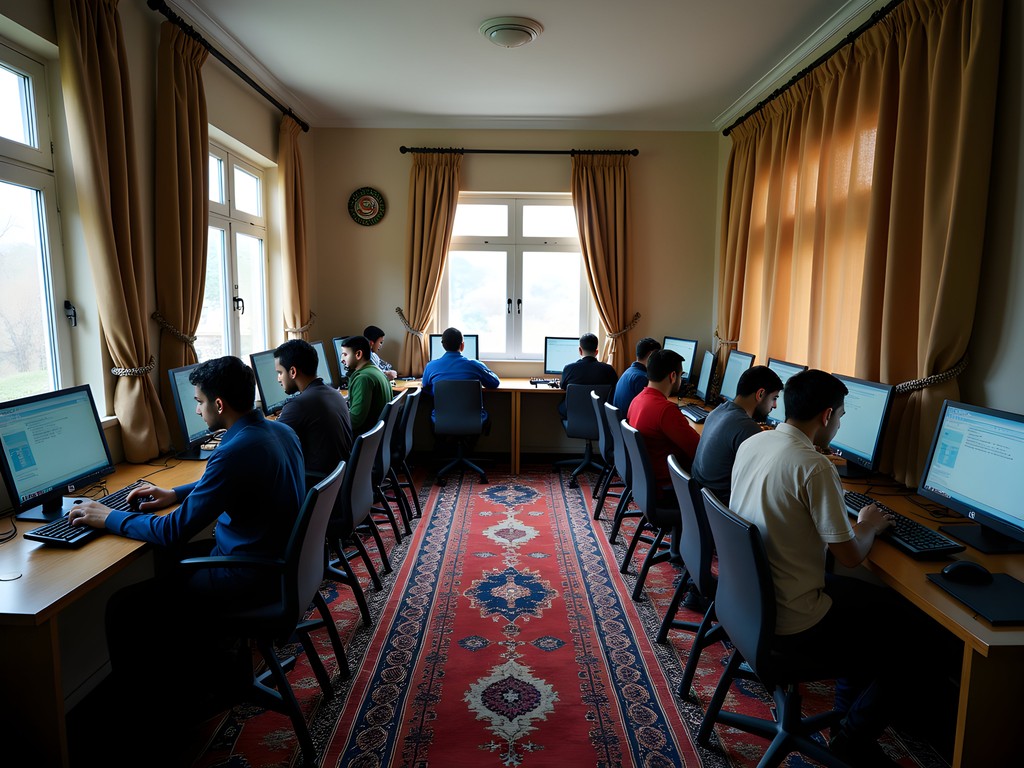
💡 Pro Tips
- Visit gaming cafes during afternoon hours when they're less crowded and staff have time for conversations
- Ask permission before taking photos inside these spaces as many prefer to maintain low profiles
- Bring small gaming peripherals as gifts if planning to connect with the local gaming community
The Gardens of Babur: Urban Green Space as Cultural Reclamation
For urban planners, few spaces in Kabul offer more insight than Bagh-e Babur (Babur's Gardens). This 16th-century Mughal garden represents the most successful public space rehabilitation project in post-conflict Kabul. Beyond its historical significance as Emperor Babur's final resting place, the gardens function as a critical case study in how traditional spatial design principles can address contemporary urban needs.
The restoration, completed through collaboration between the Aga Khan Trust for Culture and local authorities, demonstrates how historical preservation can simultaneously deliver public health infrastructure. The terraced design—following traditional char-bagh (four gardens) principles—creates natural zones for different social activities while the restored water systems provide both aesthetic pleasure and practical demonstration of traditional hydraulic engineering.
Most compelling is how the gardens have become a vital public gathering space in a city with few safe outdoor areas. Families picnic on Fridays, couples find respite from crowded family homes, and children play in designated areas—all activities that strengthen social fabric. The garden's success offers lessons for Western urban planners increasingly focused on creating resilient public spaces that serve multiple community needs.
For comfortable extended visits to the gardens and other outdoor sites, I found my packable sun hat essential for protection during midday exploration. The high-altitude sun is particularly intense, even during spring months.

💡 Pro Tips
- Visit on Friday afternoons to observe how local families use the space as a social gathering point
- Study the water channel systems that demonstrate sophisticated traditional engineering principles
- Bring a small picnic to enjoy in designated areas—participating in this local tradition offers insight into contemporary social dynamics
Final Thoughts
Kabul challenges conventional travel narratives—it's neither a war-torn wasteland nor a sanitized tourist destination. Rather, it exists as a complex urban ecosystem where cultural preservation occurs alongside daily resilience. As an urban planner, what struck me most was how traditional spatial wisdom informs contemporary solutions, from the natural cooling systems of mud-brick architecture to the social organization of garden spaces.
For students of architecture, urban design, or cultural heritage, Kabul offers unparalleled learning opportunities about reconstruction that honors historical context while addressing modern needs. The city demonstrates that preservation isn't about freezing moments in time but sustaining cultural continuity through adaptation.
My week documenting Kabul's cultural spaces revealed a city not defined by its conflicts but by its persistent creativity. The electronic music producers sampling construction sounds, the gamers creating digital versions of their neighborhoods, and the architects blending traditional techniques with contemporary functions—all participate in cultural production that defies simplistic narratives.
As you consider your own journey to understand urban resilience, remember that cities like Kabul have much to teach us about rebuilding with cultural intention. The renaissance happening here isn't imported from elsewhere but emerges organically from a people reclaiming their spatial and cultural heritage.
✨ Key Takeaways
- Cultural preservation in Kabul focuses on functional heritage—keeping traditional building techniques alive through active use rather than museum-style conservation
- Digital documentation has become critical to preserving architectural knowledge that might otherwise be lost to development or conflict
- Public spaces like Babur Gardens demonstrate how traditional design principles can address contemporary urban challenges
- Youth culture, including electronic music and gaming communities, represents an overlooked aspect of cultural rebuilding worthy of documentation
📋 Practical Information
Best Time to Visit
April-May or September-October
Budget Estimate
$80-150 per day including accommodation, guide, and meals
Recommended Duration
7-10 days
Difficulty Level
Challenging
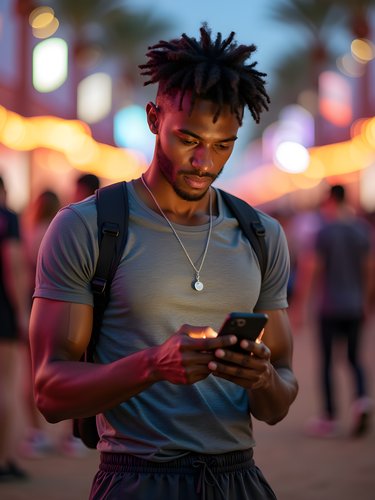


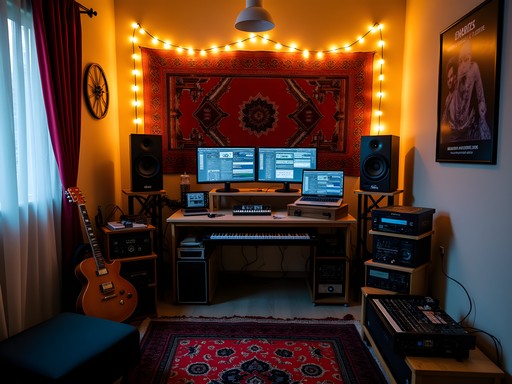
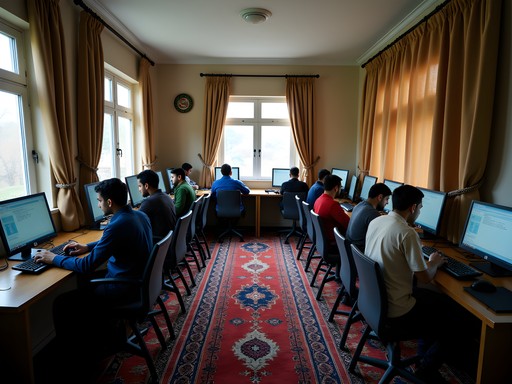











Comments
journeyrider
Chicken Street! I was there in the early 2000s. Amazing to see how it's changed yet stayed the same.
adventurebuddy
You've actually been to Afghanistan? That's incredible! What was your experience like?
journeyrider
Was there with an NGO. Challenging but beautiful country with the most hospitable people I've ever met. The mountains are breathtaking!
oceanmood
This is the kind of travel writing we need more of! Looking beyond stereotypes and showing the real human experience. Those photos of the gaming cafes are incredible!
Fatima Sims
Skylar, this post resonated deeply with me. My grandfather was from Afghanistan, and though I've never visited, your nuanced portrayal of Kabul's resilience through art brought tears to my eyes. Last year, I documented similar cultural persistence in Beirut, where I found artists converting bombed-out buildings into galleries. There's something profoundly human about creating beauty amid destruction. I documented my journey with my travel journal which helped organize interviews with local artists. Your section on digital documentation of heritage sites is particularly important work - these efforts preserve cultural memory that might otherwise be lost. Thank you for highlighting Afghanistan beyond the headlines.
Skylar Roberts
Thank you for sharing that connection, Fatima. The parallels between Beirut and Kabul are striking. Would love to hear more about your grandfather's stories sometime.
coffeemood
Did you get to experience the electronic music scene you mentioned? Sounds fascinating!
Skylar Roberts
I did! It was small but vibrant - mostly private gatherings in converted spaces. The music blended traditional Afghan sounds with modern electronic beats. Truly unique experience!
Jean Wells
Your analysis of the architectural adaptation is particularly astute. Having documented cultural heritage sites across Central Asia for nearly two decades, I find your observations on Kabul's digital documentation initiatives especially valuable. The tension between preservation and modernization is a challenge I've witnessed in many post-conflict zones. The gaming cafes as social infrastructure perfectly exemplifies how communities create their own solutions when formal systems are lacking. I'd be interested to know if you observed any formal partnerships between international heritage organizations and local Afghan preservationists?
beachhero
Really interesting perspective. How did you manage safety concerns while there?
Skylar Roberts
Great question! I worked with local contacts who helped navigate the city. Always stayed aware of my surroundings and respected local customs. The situation varies neighborhood by neighborhood, so research and local guidance were essential.
beachhero
Thanks for the insight! Makes sense to have local connections.
adventurebuddy
Wow! Never thought I'd see Kabul as a travel destination. Eye-opening post!
sunnyninja
I've been fascinated with Afghanistan since reading 'The Kite Runner' years ago. So glad to see someone showing the cultural side rather than just the conflict. Those gaming cafes sound like such a cool modern twist!
Riley Griffin
This brings back memories. My father was stationed in Afghanistan in the 1970s as an engineer, and he always spoke about Kabul's incredible architectural heritage. He had photos of the gardens and buildings before decades of conflict changed the landscape. I appreciate your focus on how locals are preserving and adapting their cultural spaces. When we only see conflict narratives, we miss the resilience of communities. I've been documenting similar cultural preservation efforts across Central Asia with my travel journal - it's perfect for sketching architectural details and taking notes during interviews with local artisans. Did you connect with any NGOs working on architectural preservation while you were there?
sunnyninja
Your dad's photos from the 70s must be incredible historical documents now! Have you ever thought about digitizing them for preservation?
Riley Griffin
Actually yes! I've been scanning them slowly. Some organizations doing heritage documentation in the region have shown interest. It's amazing how valuable ordinary tourist photos become when places change so dramatically.
journeymood
The photos of those traditional buildings are stunning! I had no idea Kabul had such beautiful architecture still standing. Thank you for highlighting the preservation efforts!
Venture X
Premium card with 2X miles, $300 travel credit, Priority Pass